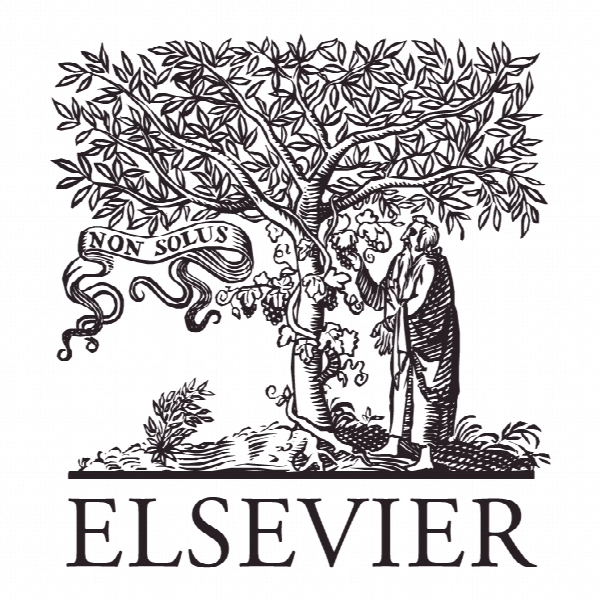شریک شدن فناوری استراتژیک: بسط چارچوب Strategic technology partnering: A framework extension
- نوع فایل : کتاب
- زبان : انگلیسی
- ناشر : Elsevier
- چاپ و سال / کشور: 2017
توضیحات
رشته های مرتبط مدیریت
گرایش های مرتبط مدیریت استراتژیک
مجله مدیریت مالی چند ملیتی – Journal of Multinational Financial Management
دانشگاه دانشکده مدیریت عمومی کسب و کار، برمن، آلمان
نشریه نشریه الزویر
گرایش های مرتبط مدیریت استراتژیک
مجله مدیریت مالی چند ملیتی – Journal of Multinational Financial Management
دانشگاه دانشکده مدیریت عمومی کسب و کار، برمن، آلمان
نشریه نشریه الزویر
Description
1. Introduction R&D — and consequently, technology — have enormously improved the life quality of human beings over the last half century. The days are past when companies can develop new products on their own. Firms without partnerships are becoming rarer; the modern company has multiple ties (Ettlie & Pavlou, 2006; Fey & Birkinshaw, 2005; Powell, Koput, & Smith-Doerr, 1996). Researchers and others involved in knowledge production recognize the value of external networks in the innovation process (e.g., Chesbrough, 2003; Ketchen, Ireland, & Snow, 2007). Collaboration is believed to assist with environmental uncertainty due to globalization of business activities, increased time-to-market, increased customer expectations, etc. (Dogsen, 1993; Eden, Hitt, & Ireland, 2008; Vilkamo & Keil, 2003). For firms facing fast technological changes, inter-organizational collaborations have become increasingly important for them to enhance their competitiveness (Phelps, 2010; van de Vrande, Vanhaverbeke, & Duysters, 2011). Particularly, inter-organizational partnerships are critical for firm’s innovation, when firms lack sufficient internal R&D resources (Un, Cuervo-Cazurra, & Asakawa, 2010). Increased competition in numerous industries (e.g., automotive, information and communication technology (ICT), electronics, etc.) has obliged global enterprises to increase their adaptability and flexibility to meet the requirements of a more rapidly changing business environment (Asakawa, 1996; Lanctot & Swan, 2000). These challenges are about making appropriate decisions: how to set up processes, structures, and foster mechanism to ensure well-timed solutions pertaining to new technologies, new knowledge, and new products (Von Zedtwitz, Gassmann, & Boutellier, 2004). Cooperation is viewed as a mechanism to recognize and tackle uncertainty (Spekman, Forbes, Isabella, & MacAvoy, 1998; Vilkamo & Keil, 2003). Learning how to deal with interfirm partnerships will assist firms in establishing new associations with different organizations (Powell et al., 1996; Ring & van de Ven, 1992) and enhance the probability of achievement of these future relationships (Anand & Khanna, 2000; Dyer & Singh, 1998; Gulati, 1999). The ability to shape and manage partnerships is pertinent in all businesses yet especially in high technology industries. Notably in high-tech industries, research and development (R&D) collaborations with other organizations have been held as means of competitive advantage (Huang & Yu, 2011; Kalaignanam, Shankar, & Varadarajan, 2007). In industries populated by high technology companies, the speedy development of new product offerings is a critical determining factor of success (Faems, De Visser, Andries, & Van Looy, 2010; Schoonhoven, Eisenhardt, & Lyman, 1990). As a result, strategic technology partnering (STP) has become a common instrument for securing and leveraging technological competencies (Kim & Inkpen, 2005; Oxley & Sampson, 2004; Schulze, Brojerdi, & von Krogh, 2014) (see Table 1). The more firms cultivate cooperating assets, the more these are relied upon to be valuable in rapidly reacting to favorable new technological chances through various partnerships (Hagedoorn, Roijakkers, & van Kranenburg, 2006). However, currently, there exist various assets with several terms and meanings, resulting in a high consistency in the literature. To address this gap I aim to synthesize the various STP assets into a coherent framework. Note, for the purpose of the present study we will use the word strategic technology partnering/ partnership (STP) to replace other terms such as alliance, collaboration or joint venture. STPs represent an enormous managerial task given the complexities related to managing partnerships crosswise over organizational borders (Rothaermel & Deeds, 2006). Interestingly, it has been revealed that STP performance varies considerably among organizations (Anand & Khanna, 2000), indicating that organizations hold specific competitive assets and that these assets differ across organizations (Kale et al., 2002; Reuer & Ragozzino, 2006). Consequently, a research stream has risen that is intended to illuminate and to clarify what these qualities are and why some firms achieve superior STP performance compared to others. The analysis of the present study is guided through the overall main question: what are the different assets required to manage strategic technology partnering effectively? Briefly speaking, the present study is concerned with the question of what STPs require to be successful. Thus, the purpose of the present systematic literature review (SLR) is a conceptual amalgamation through a heterogeneous field. The organization of the present paper is as follows. The proceeding section deals with the elucidation of the SLR method adopted. Literature is then analyzed and synthesized, succeeded by the description of the findings. Finally, I highlight the implications for practitioners and offer guidance for possible future research directions.


